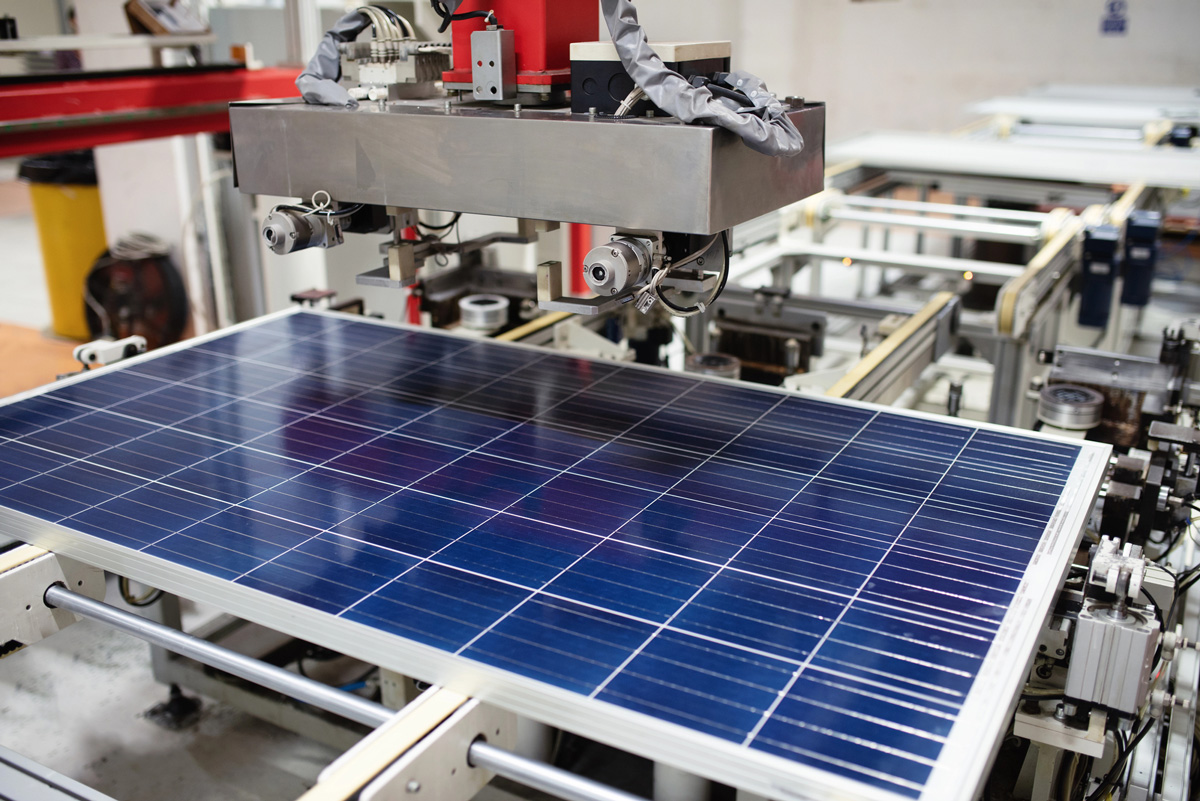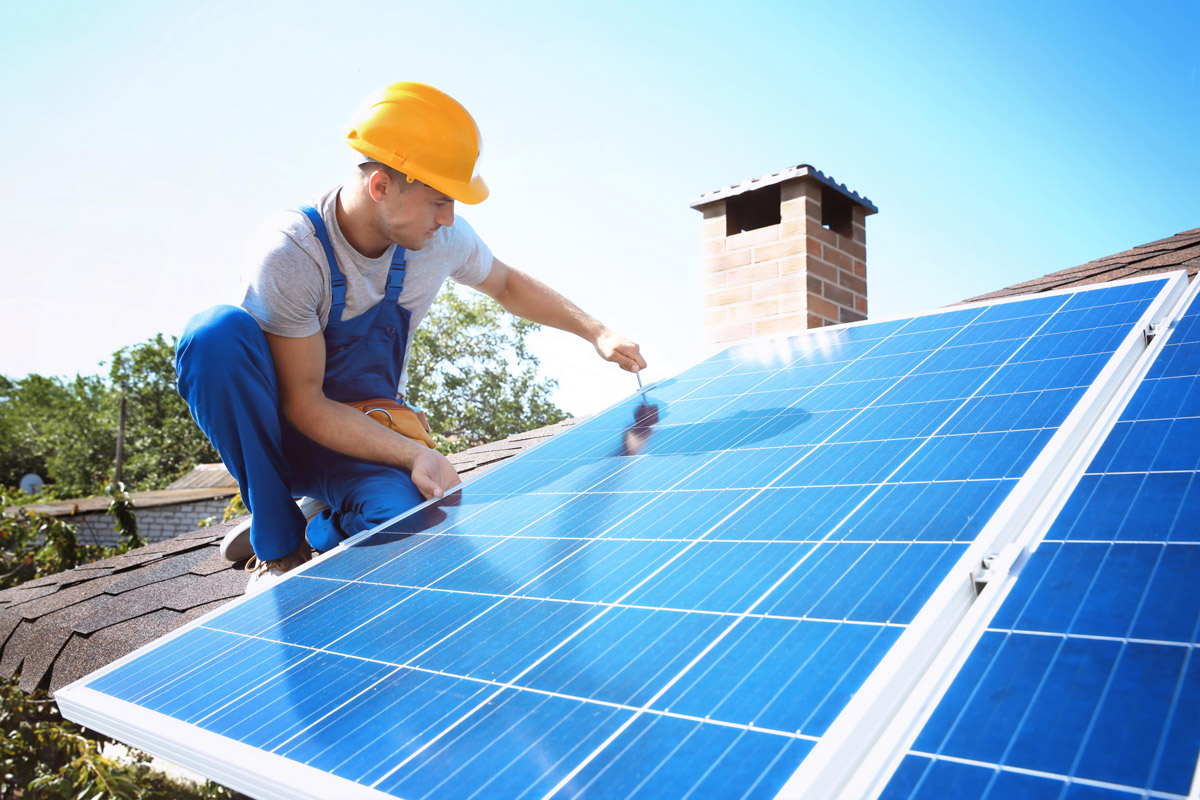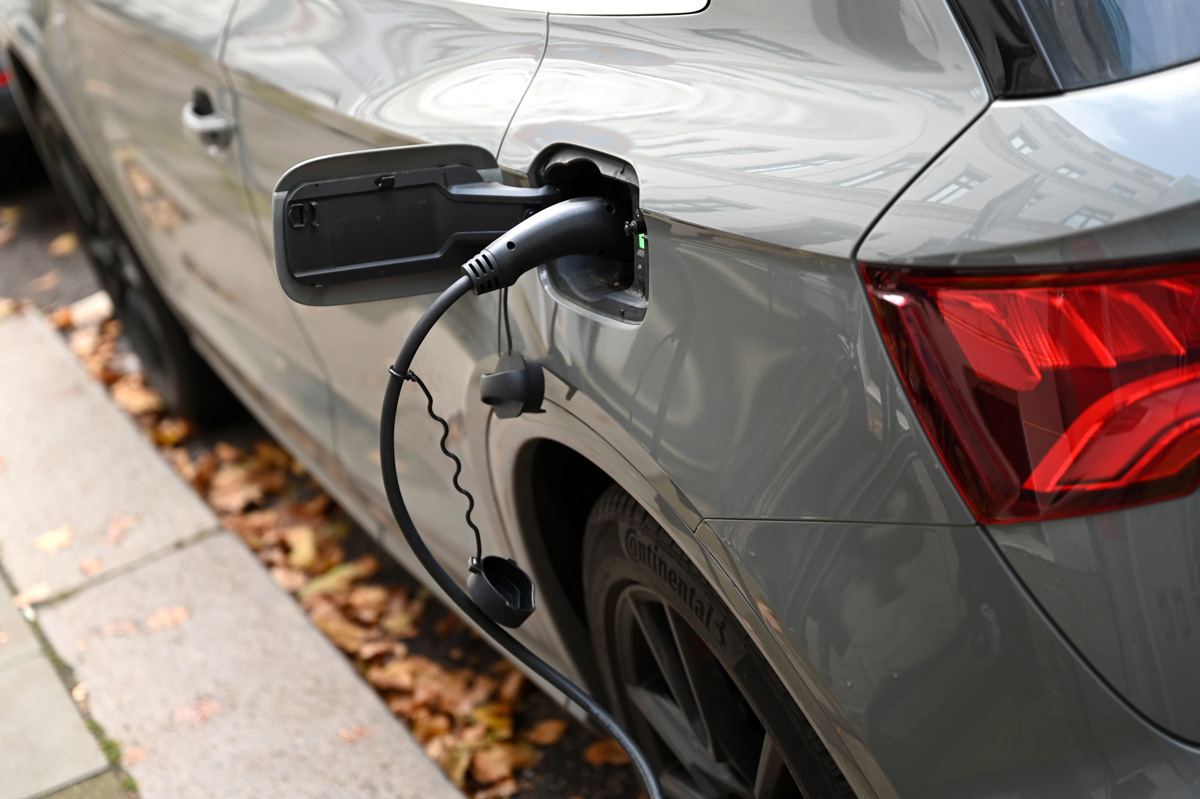Solar power is often touted as one of the “greenest” technologies. What could be better than harvesting energy directly from sunlight? As you explore the potential for working with solar installers in Calgary, it’s easy to focus only on the emission-free generation of energy. However, carbon emissions still occur, especially during the manufacturing of solar panels. How much of an impact does that have? It’s less than fossil fuels—but there is still some effect.
Partnering with solar companies in Calgary can be an excellent way to reduce your business’s carbon footprint. Understanding the reality behind solar is important on the way to choosing panels or commencing installation. As we’ll see, solar panel manufacturing isn’t perfect, but in comparison to other energy sources, it’s still a dramatic improvement.
Emissions from the Solar Panel Manufacturing Process
For most conventional energy sources, the bulk of emissions occur during operations, e.g., burning coal or natural gas. In solar power, especially for smaller-scale installations, the focus is instead on the manufacturing process. From the metal frames and electric infrastructure to the actual PV panels, emissions occur to make the solar panels themselves.
According to the US-based National Renewable Energy Laboratory, approximately 60 to 70% of a solar panel’s entire carbon emissions occur as a result of the processes used to create them. This includes the extraction of the materials used to make panels, such as lead, cadmium, and especially silicon.
Mining these materials generates carbon emissions. So does refining silicon and other materials into the complex wafers that generate electricity when sunlight hits them. The assembly process also requires power and materials, which impact emission rates.
What About During a Solar Panel’s Operational Lifetime?
In total, the NREL estimates that the total life cycle emissions for solar panels is about 40 grams of carbon dioxide per kilowatt-hour of energy generated. Now compare that to the lab’s estimated emissions per kilowatt-hour for coal-fired power plants: it’s as high as 1,000 grams of carbon dioxide.
Those emissions come from active power generation unlike with solar panels. More than 98% of a coal plant’s emissions occur during operations, compared to as little as 21% for operating a large-scale solar plant. Even that percentage represents emissions that occur unrelated to the actual generation of solar power.
The NREL has also estimated the energy payback time for solar panels. Energy payback represents the amount of time it takes to generate as much energy as it took to produce the panel. With current technology, the NREL says the payback time is between three and four years. Anticipated future advances could drop that time to as little as one year—potentially making solar one of the most carbon-efficient means of generating power.
Can We Recycle Solar Panels to Reduce Their Footprint?
The remaining 20% of solar power emissions occur largely at the end of a panel’s life cycle during disposal operations. That would seem to be a potential source of improvement. Recycling solar panels is possible, but currently is very inefficient, expensive, and complex.
The complexity is due to the difficulty of recapturing valuable materials contained within the panels. The presence of toxic heavy metals, even in small amounts, also creates handling concerns. Recycling materials such as the glass in the panel or the metal of the frame is simple. In comparison, recycling solar panel wafers is much more of a challenge.
Labs, scientists, and governments worldwide continue to work on this issue. In Canada, the government recently sponsored an innovation contest centered on solar recycling proposals. In the future, new methods could mean opportunities to capture and reuse more from every panel. That could lead not only to lower costs, but also lower emissions.
Learn More About Solar Options Today
As we’ve seen, solar panel emissions are tiny compared to the huge impacts of traditional fossil fuel power generation. These improvements continue to drive the growth of solar companies in Calgary, especially as plans for more utility-scale solar power plants proceed into development. With potential future advances in panel recycling and materials reclamation, solar power’s environmental impact might soon be even smaller. Learn about this technology and the options you have available today. Tenet Power, highly experienced solar installers in Calgary, demystifies this technology and delivers plain facts about reliability, efficiency, and more. Take your first steps towards using renewable energy at home or in business today.











